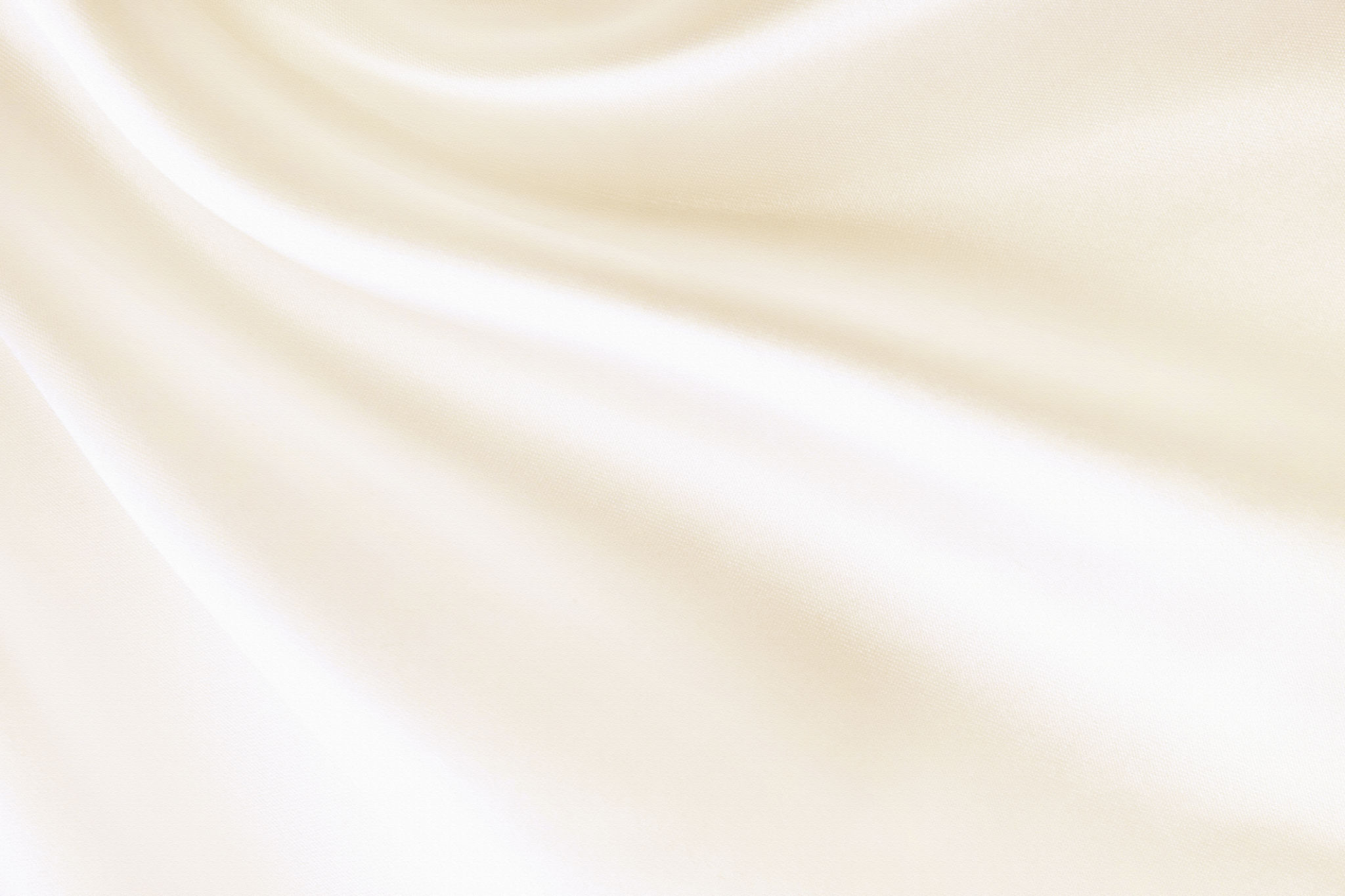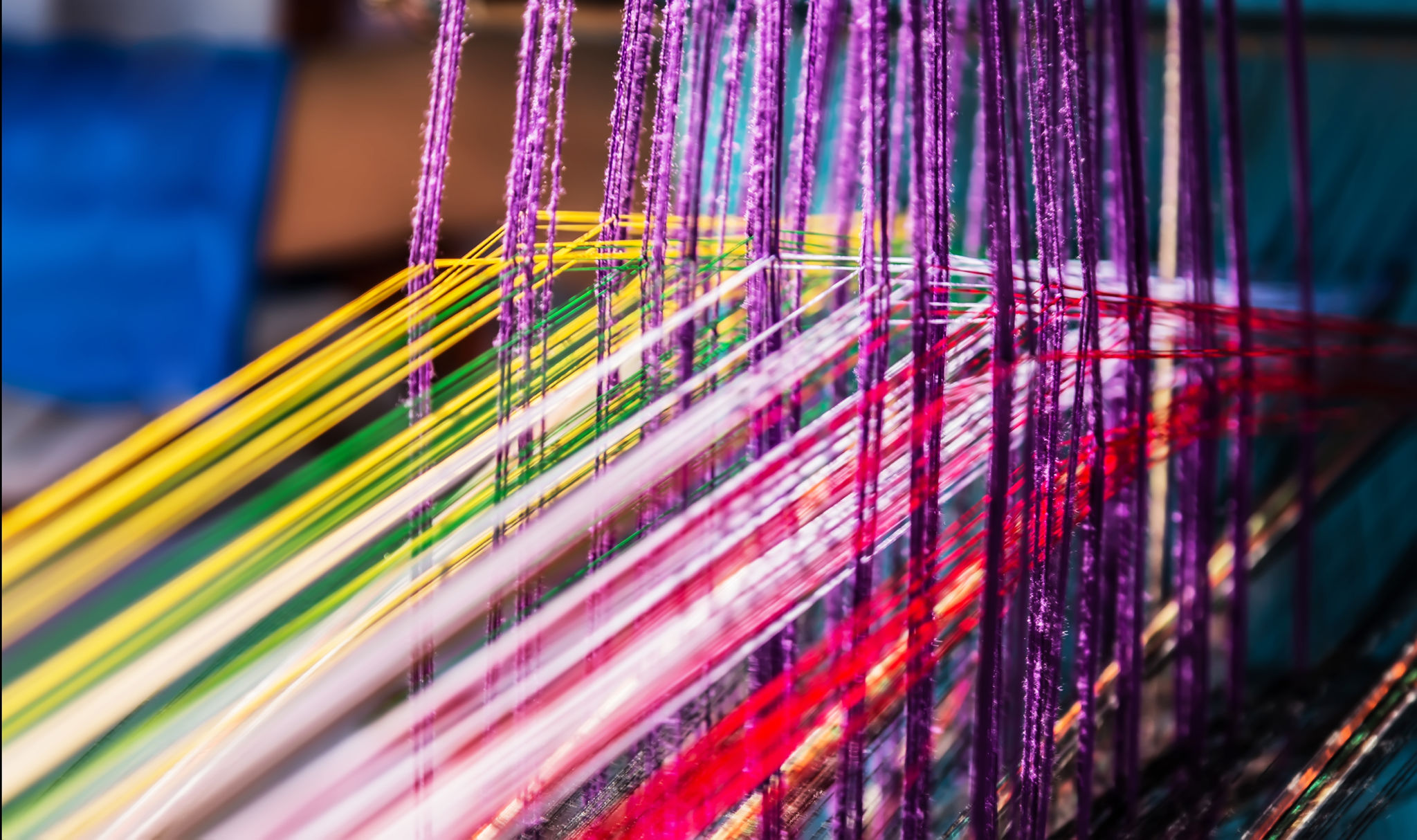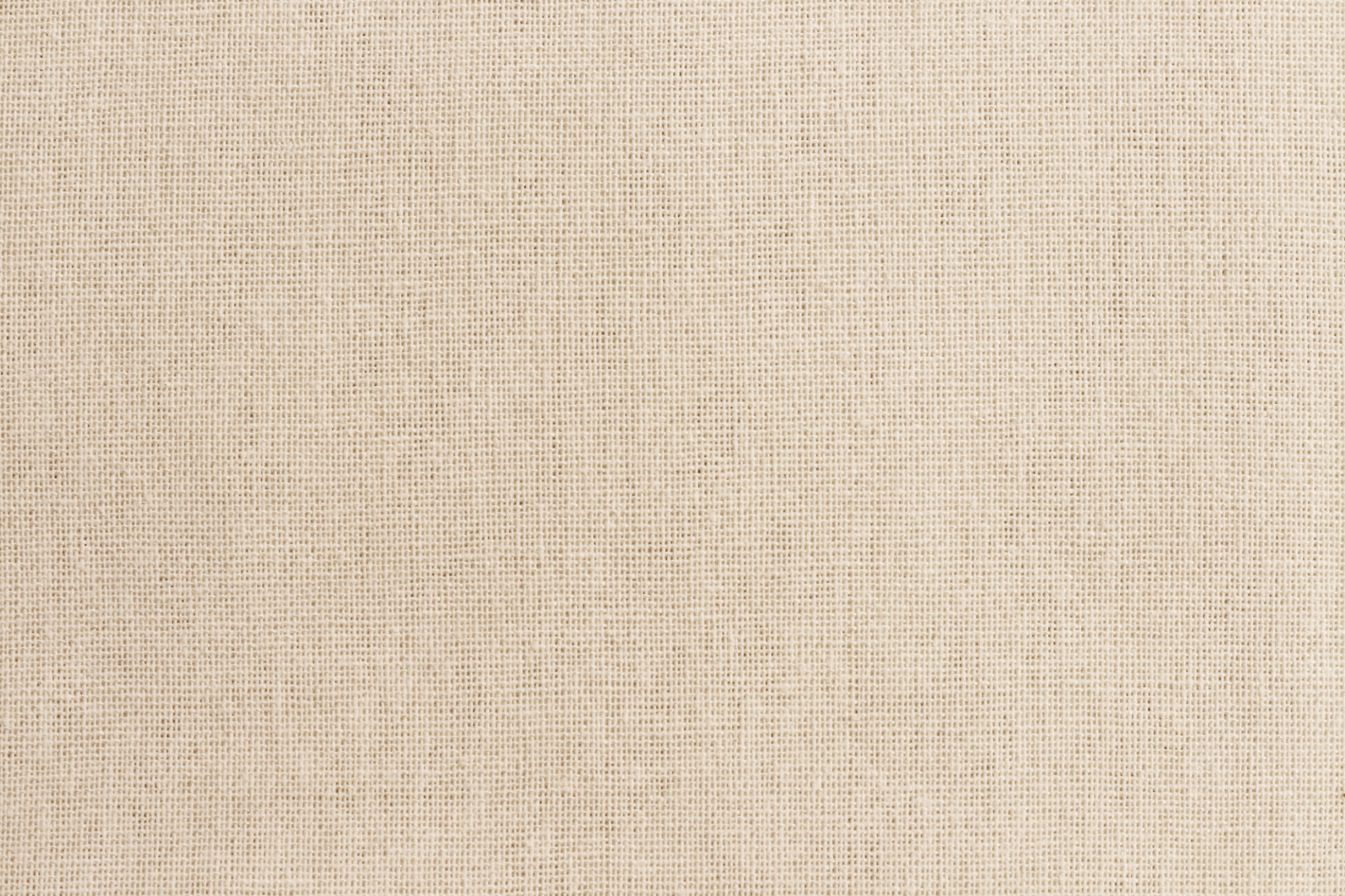Top 5 Indian Fabrics and Their Unique Qualities
India is renowned for its rich heritage in textiles, with a wide array of fabrics that showcase the country's diverse culture and craftsmanship. Each fabric carries its own unique history and qualities, making them highly sought after globally. In this post, we explore the top five Indian fabrics and delve into what makes them exceptional.
Silk
Among the most luxurious and cherished fabrics, silk holds a significant place in Indian tradition. Known for its smooth texture and natural sheen, silk is often used in creating elegant sarees and traditional attire. The intricate weaving techniques, such as Kanchipuram and Banarasi, further enhance its beauty.
Silk is not just about aesthetics; it is also admired for its durability and comfort. Its natural temperature-regulating properties make it an ideal choice for both warm and cool climates.

Cotton
Cotton is another staple in Indian textiles, celebrated for its breathability and versatility. India is one of the largest producers of cotton, with a rich history of using this fabric in garments ranging from simple everyday wear to elaborately embroidered pieces.
Khadi
A special mention within cotton fabrics is Khadi. Known as the fabric of freedom, Khadi played an instrumental role in India's independence movement, symbolizing self-reliance. Its coarse texture and hand-spun quality make it unique, offering a rustic charm that's both comfortable and eco-friendly.
Wool
In regions with colder climates, like Kashmir, wool is a favored fabric. The Pashmina wool stands out due to its exceptional softness and warmth. Derived from the undercoat of Himalayan goats, Pashmina shawls are a luxury item known for their intricate embroidery and feather-light feel.

The craftsmanship involved in creating woolen items often includes detailed handwork, adding to their cultural and artistic value. Woolen garments provide excellent insulation while retaining a lightweight nature.
Linen
Linen, although not native to India, has become increasingly popular due to its crisp texture and breathable quality. It's highly valued for summer clothing because of its ability to wick moisture away from the body, keeping the wearer cool even in hot climates.
Linen Blends
The introduction of linen blends with cotton or silk has expanded its use in Indian fashion. These blends help enhance strength while maintaining the elegant drape and comfort that linen is known for.

Jute
Jute is often referred to as the "golden fiber" due to its golden brown color and high tensile strength. It is predominantly used in making eco-friendly products like bags and home décor items. Jute's coarse texture might not be suitable for clothing but is perfect for creating rustic and durable fashion accessories.
In recent years, designers have creatively incorporated jute into contemporary fashion, promoting sustainability without compromising on style. Its biodegradability adds to its appeal as an environmentally conscious choice.
Each of these Indian fabrics tells a story of tradition, innovation, and artistry. Whether you're drawn to the opulence of silk or the simplicity of jute, there's no denying the allure of India's diverse textile landscape. These fabrics not only represent the rich cultural tapestry of India but also cater to modern sensibilities with their unique qualities.